This post may contain affiliate links. Please read our
disclosure policy
for more information.
Improper storage leads to massive amounts of food waste. So many people are unsure of how to store produce, which often time ends in premature ripening and eventually rotting vegetables. The first step to properly storing your vegetables is optimizing your fridge. Your fridge is cooler is some spots and warmer in others. Once you understand the temperature of your fridge, you can get it organized to stock up with fresh produce and preserve its freshness so nothing ever goes to waste!
In addition to the amount of time you have vegetables and fridge temperature. The proximity to other produce can either speed up or slow down the ripening and rotting of vegetables from their production of ethylene gasses. No matter what, the best strategy for dealing with produce is: eat it sooner rather than later.
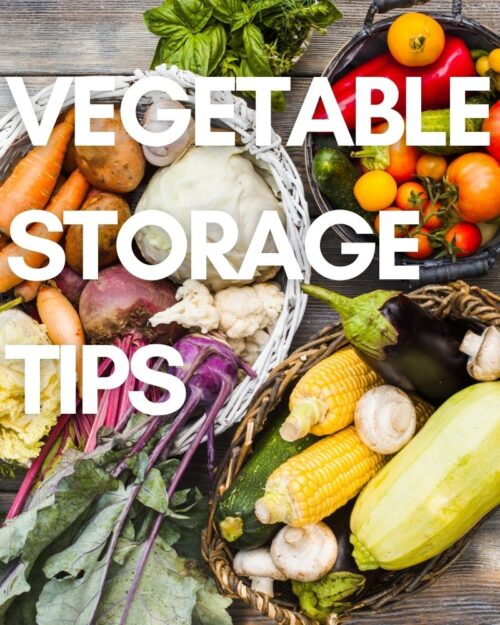
What is Ethylene Gas?
This doesn’t have so much to do with vegetables, because they don’t really produce this gas. However, fruits do! Fruits like apples, apricots, pears, and bananas are known to produce the more ethylene gas of any other fruits. If you are trying to preserve your vegetables in the fridge, keep them away from your fruits. This quickly speeds up the ripening process, which then speeds up the rotting process if not eaten quick enough. So, the simple answer is to keep them away from the fruit!
How Soon to Use Vegetables?
This is when I like to take note of what I have and why it is important to have your fridge organized. This is a general rule I like to follow and allows me to stay on top of my fridge and to never over buy what I already have!
- ASAP Vegetables – 2-5 days max
- Soonish vegetables – use within one week
- Sweet time vegetables – 2+ weeks
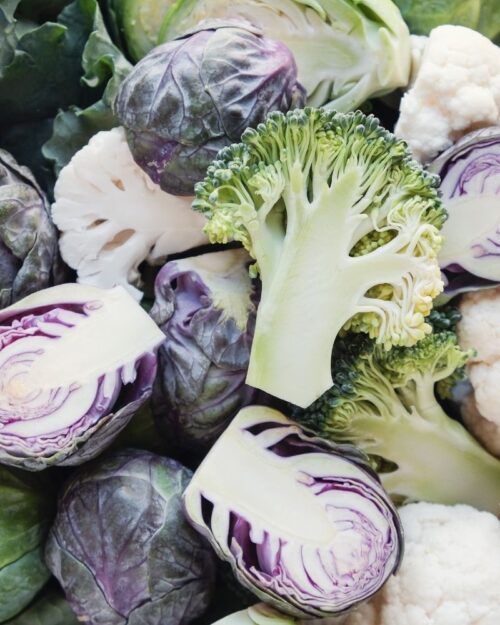
How to Store Cruciferous Vegetables
Broccoli, cauliflower, cabbage, Chinese broccoli, and brussels sprouts are just a few different kinds of cruciferous vegetable. These can generally be sorted in the “soonish” category. However, things like broccoli and cauliflower can sometimes roll into the “sweet time” category.
Plastic bag or sealed container. If your head of cruciferous veggies come in a plastic bag, I would say keep them in the bag because the tend to do really well in them. If you brought them home from the store in a cloth bag (YAY!) then place them in an airtight container whole or florets and steams.
Wash me! Cruciferous veggies shouldn’t be washed until right before using. This goes for the florets and the stems. Be sure to peel your broccoli steams really well before washing and using. And please, never throw them away!
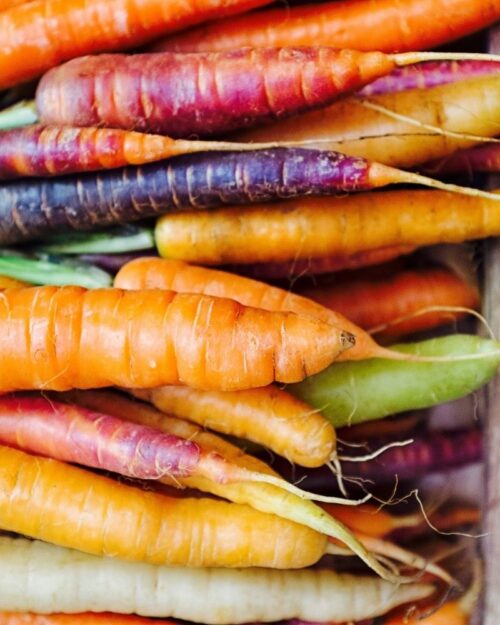
How to Store Celery, Carrots, and Cucumbers
Carrots are part of the “taking our sweet time vegetables” category because they really do take their sweet time when stored properly. Celery needs to be used up a bit quick and is placed in the “soonish” category, but if taken care of really well could roll over into “sweet time” category. Cucumbers land in the “ASAP” category.
Celery. First things first, ditch the plastic bag the celery came in ASAP. There a handful of really stellar ways to keep celery looking crisp and fresh.
- If your celery came whole, wrap the celery in aluminum foil and place it in the crisper drawer in your fridge. Make sure the foil is tight enough so moisture can escape, but you want to make sure it is not breaking any stalks.
- Not into foil or got pre-cut celery? No worries! Cut your celery stalks to your preferred size and store in a glass jar with water. Change the water every 3 days. We like to keep this right above our crisper drawer where the temperature is just right.
Carrots. Like celery there a a few great ways to store carrots. Did you know, carrots can stay crisp and fresh in the fridge for up to one month? How cool!
- Carrots from the grocery store need to have the plastic removed as soon as you get home. When they are packaged in plastic, they start to sweat. Either buy loose carrots, or go plastic free!
- Remove the tops first and save them! We remove them because it draws moisture from the carrots, making them shrivel up quicker.
- Carrots are best stored in the crisper drawer. Wrap the carrots in a slightly damp cloth and place in the crisper drawer for awesome results. This helps the carrots retain their moisture, but not sweat.
- You can store carrots in a glass jar with water. Cut to size and store in a jar with water. Change the water every 3 days and store right on top of the crisper drawer.
- Carrots If you bought the celery whole and just the stalks, AWESOME!
Cucumbers. Store these, whole in your crisper drawer. Be sure to remove any plastic or stickers.
- Put them directly in the crisper drawer and make sure they are super dry.
- Place cucumbers in a dry cloth and wrap them up! Place the wrapped cucumbers in an airy bag in the crisper drawer to help keep any condensation and humidity away and don’t seal the bag.
Zero waste tip. Freeze the ends of your celery and carrots for stock and broth and keep the carrot tops for pesto.
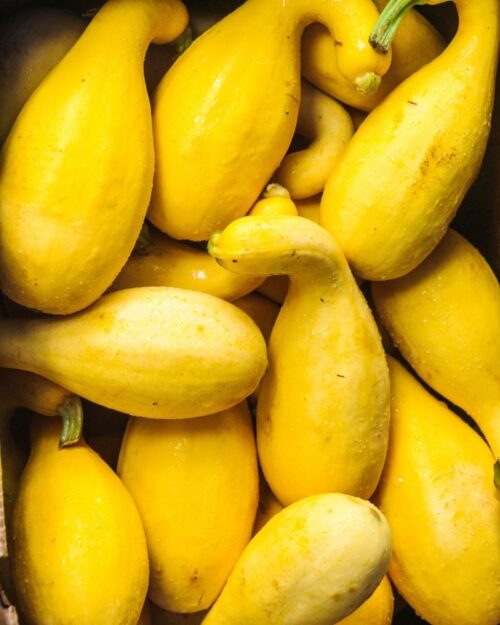

How to Store Summer and Winter Squash?
Summer squash definitely sits in the “soonish” category. We like to use them up even sooner though! Winter squash can slide right into the “sweet time” category. They win the longest lasting vegetable award by a landslide, that is until you cup them!
Summer Squash. Zucchini and yellow squash are some of the easiest vegetables to cook and are widely available, not to mention super beautiful during the warmer months of the year. Store them in the crisper drawer. Too much moisture will spoil them, so best to store them in the drawer flat and not too cramped with out vegetables. Wash right before using, no sooner!
Winter Squash. Butternut, acorn, delicata, pumpkin, and kabocha squash are just a few winter gourds we love! These do best stored at room temperature in a dark cool place with some air circulation. You can peel and chop them up to 4 days before using. Store the chopped squash in an airtight container in the fridge until ready to use!

How to Store Potatoes, Peppers, Onions, and Garlic
Potatoes, onions, and garlic all land in the “sweet time” category. This depends on how you use it and store it, so read below to find out how your produce fits in! Peppers fall into the “ASAP” category.
Potatoes. Potatoes can be stored exactly like winter squash. In a dark place, at room temperature with some air circulation. AKA don’t shove them in a cabinet and forget about them! Wash right before using. You can also store chopped potatoes in an air tight container for up to 4 days in the fridge.
Peppers. Peppers should be stored in the warmer parts of the fridge. Keep them out of the crisper and fruit drawer because they are colder. Keeping them close to the door is our favorite spot! They are best consumed within 5 days. Wash only right before using. Pepper can be cut and stored in an air tight container for up to 4 days also!
Onions. Onions will last a good two to three months if stored properly. When whole and raw, and stored in a cool dark place you will never not have onions! So, now that big bag you get at Costco won’t get moldy. My favorite spot in my pantry or even my garage (weather permitting) If storing at room temperature, these will last between 1-2 weeks.
Just be sure to have proper ventilation like a mesh bag or open basket, to prevent mold. Storing whole onions in the fridge isn’t ideal, but will last about 1-2 weeks as well. Want to meal prep and slice onions ahead of time? Go for it! Slice a raw onion and store in an air tight container in the fridge for 2-3 weeks.
Garlic. The shelf life of garlic depends on how you store it and if it has been peeled or not. Whole garlic heads like to be stored in a cool, dry place, closer to room temperature. Have decent air flow? Awesome! Full heads of garlic should be kept mesh or paper bags or materials for about 3-5 months. Once your garlic is peeled, you will want to use it within a week, and don’t chop it until you are ready to use it. Store peeled garlic in an airtight container or resealable bag and stick it in the fridge. Best to use within 2 days.
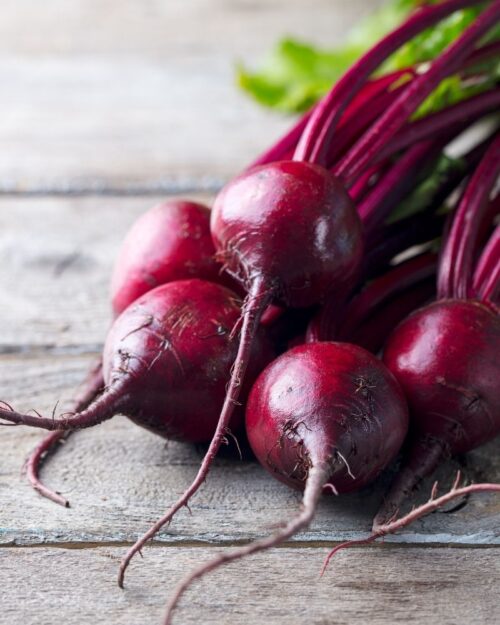
How to Store Root Vegetables
All root vegetables end up in the “sweet time” category!
Beets, turnips, parsnips, and radishes. Store these all at room temperature in a dark cool place with good air circulation. If stored at optimal temperature and not too warm, they can last quite a while. To store these in the fridge, remove the greens (save for pesto) and place them in a resealable bag or vacuum sealed bag, getting as much air out as possible. Store the bags in a crisper drawer in your fridge. They can last 3 weeks to 1 month! Wash right before using.
Yams and sweet potatoes. Both yams and sweet potatoes can be stored with potatoes. They can be stored at room temperature in a cool dark place with ventilation for 1 month and stored in the fridge for almost 3 months. If you plan to eat your potatoes within a mont, refrain form putting them in the fridge as this creates a harder interior and they become way less tasty. Don’t wash until ready to use! Yams and sweet potatoes can be chopped and placed in an air tight container for up to 4 days in the fridge.
This post may contain affiliate links. Please read our
disclosure policy
for more information.
This post may contain affiliate links. Please read our
disclosure policy
for more information.
Improper storage leads to massive amounts of food waste. So many people are unsure of how to store produce, which often time ends in premature ripening and eventually rotting vegetables. The first step to properly storing your vegetables is optimizing your fridge. Your fridge is cooler is some spots and warmer in others. Once you understand the temperature of your fridge, you can get it organized to stock up with fresh produce and preserve its freshness so nothing ever goes to waste!
In addition to the amount of time you have vegetables and fridge temperature. The proximity to other produce can either speed up or slow down the ripening and rotting of vegetables from their production of ethylene gasses. No matter what, the best strategy for dealing with produce is: eat it sooner rather than later.

What is Ethylene Gas?
This doesn’t have so much to do with vegetables, because they don’t really produce this gas. However, fruits do! Fruits like apples, apricots, pears, and bananas are known to produce the more ethylene gas of any other fruits. If you are trying to preserve your vegetables in the fridge, keep them away from your fruits. This quickly speeds up the ripening process, which then speeds up the rotting process if not eaten quick enough. So, the simple answer is to keep them away from the fruit!
How Soon to Use Vegetables?
This is when I like to take note of what I have and why it is important to have your fridge organized. This is a general rule I like to follow and allows me to stay on top of my fridge and to never over buy what I already have!
- ASAP Vegetables – 2-5 days max
- Soonish vegetables – use within one week
- Sweet time vegetables – 2+ weeks

How to Store Cruciferous Vegetables
Broccoli, cauliflower, cabbage, Chinese broccoli, and brussels sprouts are just a few different kinds of cruciferous vegetable. These can generally be sorted in the “soonish” category. However, things like broccoli and cauliflower can sometimes roll into the “sweet time” category.
Plastic bag or sealed container. If your head of cruciferous veggies come in a plastic bag, I would say keep them in the bag because the tend to do really well in them. If you brought them home from the store in a cloth bag (YAY!) then place them in an airtight container whole or florets and steams.
Wash me! Cruciferous veggies shouldn’t be washed until right before using. This goes for the florets and the stems. Be sure to peel your broccoli steams really well before washing and using. And please, never throw them away!

How to Store Celery, Carrots, and Cucumbers
Carrots are part of the “taking our sweet time vegetables” category because they really do take their sweet time when stored properly. Celery needs to be used up a bit quick and is placed in the “soonish” category, but if taken care of really well could roll over into “sweet time” category. Cucumbers land in the “ASAP” category.
Celery. First things first, ditch the plastic bag the celery came in ASAP. There a handful of really stellar ways to keep celery looking crisp and fresh.
- If your celery came whole, wrap the celery in aluminum foil and place it in the crisper drawer in your fridge. Make sure the foil is tight enough so moisture can escape, but you want to make sure it is not breaking any stalks.
- Not into foil or got pre-cut celery? No worries! Cut your celery stalks to your preferred size and store in a glass jar with water. Change the water every 3 days. We like to keep this right above our crisper drawer where the temperature is just right.
Carrots. Like celery there a a few great ways to store carrots. Did you know, carrots can stay crisp and fresh in the fridge for up to one month? How cool!
- Carrots from the grocery store need to have the plastic removed as soon as you get home. When they are packaged in plastic, they start to sweat. Either buy loose carrots, or go plastic free!
- Remove the tops first and save them! We remove them because it draws moisture from the carrots, making them shrivel up quicker.
- Carrots are best stored in the crisper drawer. Wrap the carrots in a slightly damp cloth and place in the crisper drawer for awesome results. This helps the carrots retain their moisture, but not sweat.
- You can store carrots in a glass jar with water. Cut to size and store in a jar with water. Change the water every 3 days and store right on top of the crisper drawer.
- Carrots If you bought the celery whole and just the stalks, AWESOME!
Cucumbers. Store these, whole in your crisper drawer. Be sure to remove any plastic or stickers.
- Put them directly in the crisper drawer and make sure they are super dry.
- Place cucumbers in a dry cloth and wrap them up! Place the wrapped cucumbers in an airy bag in the crisper drawer to help keep any condensation and humidity away and don’t seal the bag.
Zero waste tip. Freeze the ends of your celery and carrots for stock and broth and keep the carrot tops for pesto.


How to Store Summer and Winter Squash?
Summer squash definitely sits in the “soonish” category. We like to use them up even sooner though! Winter squash can slide right into the “sweet time” category. They win the longest lasting vegetable award by a landslide, that is until you cup them!
Summer Squash. Zucchini and yellow squash are some of the easiest vegetables to cook and are widely available, not to mention super beautiful during the warmer months of the year. Store them in the crisper drawer. Too much moisture will spoil them, so best to store them in the drawer flat and not too cramped with out vegetables. Wash right before using, no sooner!
Winter Squash. Butternut, acorn, delicata, pumpkin, and kabocha squash are just a few winter gourds we love! These do best stored at room temperature in a dark cool place with some air circulation. You can peel and chop them up to 4 days before using. Store the chopped squash in an airtight container in the fridge until ready to use!

How to Store Potatoes, Peppers, Onions, and Garlic
Potatoes, onions, and garlic all land in the “sweet time” category. This depends on how you use it and store it, so read below to find out how your produce fits in! Peppers fall into the “ASAP” category.
Potatoes. Potatoes can be stored exactly like winter squash. In a dark place, at room temperature with some air circulation. AKA don’t shove them in a cabinet and forget about them! Wash right before using. You can also store chopped potatoes in an air tight container for up to 4 days in the fridge.
Peppers. Peppers should be stored in the warmer parts of the fridge. Keep them out of the crisper and fruit drawer because they are colder. Keeping them close to the door is our favorite spot! They are best consumed within 5 days. Wash only right before using. Pepper can be cut and stored in an air tight container for up to 4 days also!
Onions. Onions will last a good two to three months if stored properly. When whole and raw, and stored in a cool dark place you will never not have onions! So, now that big bag you get at Costco won’t get moldy. My favorite spot in my pantry or even my garage (weather permitting) If storing at room temperature, these will last between 1-2 weeks.
Just be sure to have proper ventilation like a mesh bag or open basket, to prevent mold. Storing whole onions in the fridge isn’t ideal, but will last about 1-2 weeks as well. Want to meal prep and slice onions ahead of time? Go for it! Slice a raw onion and store in an air tight container in the fridge for 2-3 weeks.
Garlic. The shelf life of garlic depends on how you store it and if it has been peeled or not. Whole garlic heads like to be stored in a cool, dry place, closer to room temperature. Have decent air flow? Awesome! Full heads of garlic should be kept mesh or paper bags or materials for about 3-5 months. Once your garlic is peeled, you will want to use it within a week, and don’t chop it until you are ready to use it. Store peeled garlic in an airtight container or resealable bag and stick it in the fridge. Best to use within 2 days.

How to Store Root Vegetables
All root vegetables end up in the “sweet time” category!
Beets, turnips, parsnips, and radishes. Store these all at room temperature in a dark cool place with good air circulation. If stored at optimal temperature and not too warm, they can last quite a while. To store these in the fridge, remove the greens (save for pesto) and place them in a resealable bag or vacuum sealed bag, getting as much air out as possible. Store the bags in a crisper drawer in your fridge. They can last 3 weeks to 1 month! Wash right before using.
Yams and sweet potatoes. Both yams and sweet potatoes can be stored with potatoes. They can be stored at room temperature in a cool dark place with ventilation for 1 month and stored in the fridge for almost 3 months. If you plan to eat your potatoes within a mont, refrain form putting them in the fridge as this creates a harder interior and they become way less tasty. Don’t wash until ready to use! Yams and sweet potatoes can be chopped and placed in an air tight container for up to 4 days in the fridge.
This post may contain affiliate links. Please read our
disclosure policy
for more information.









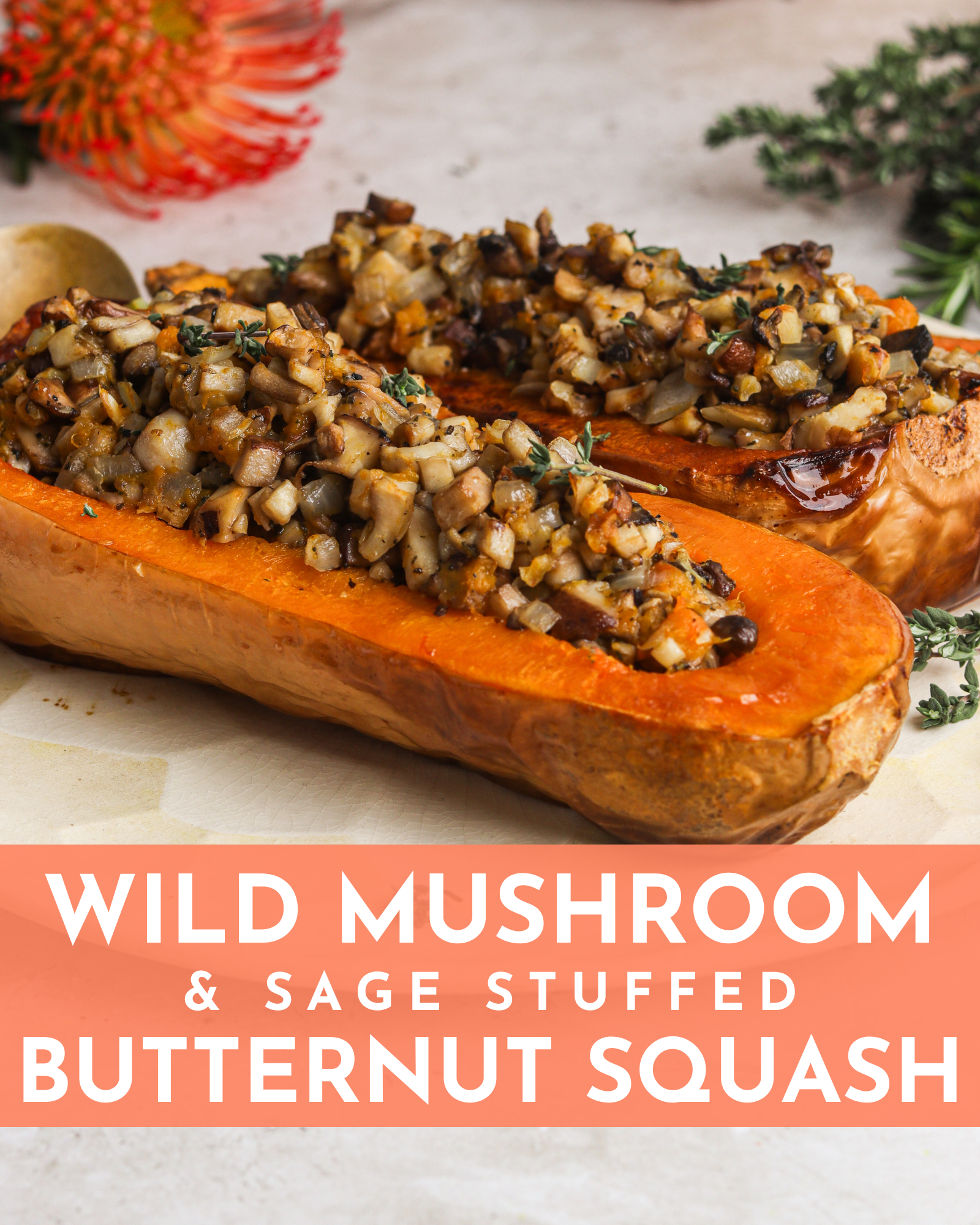
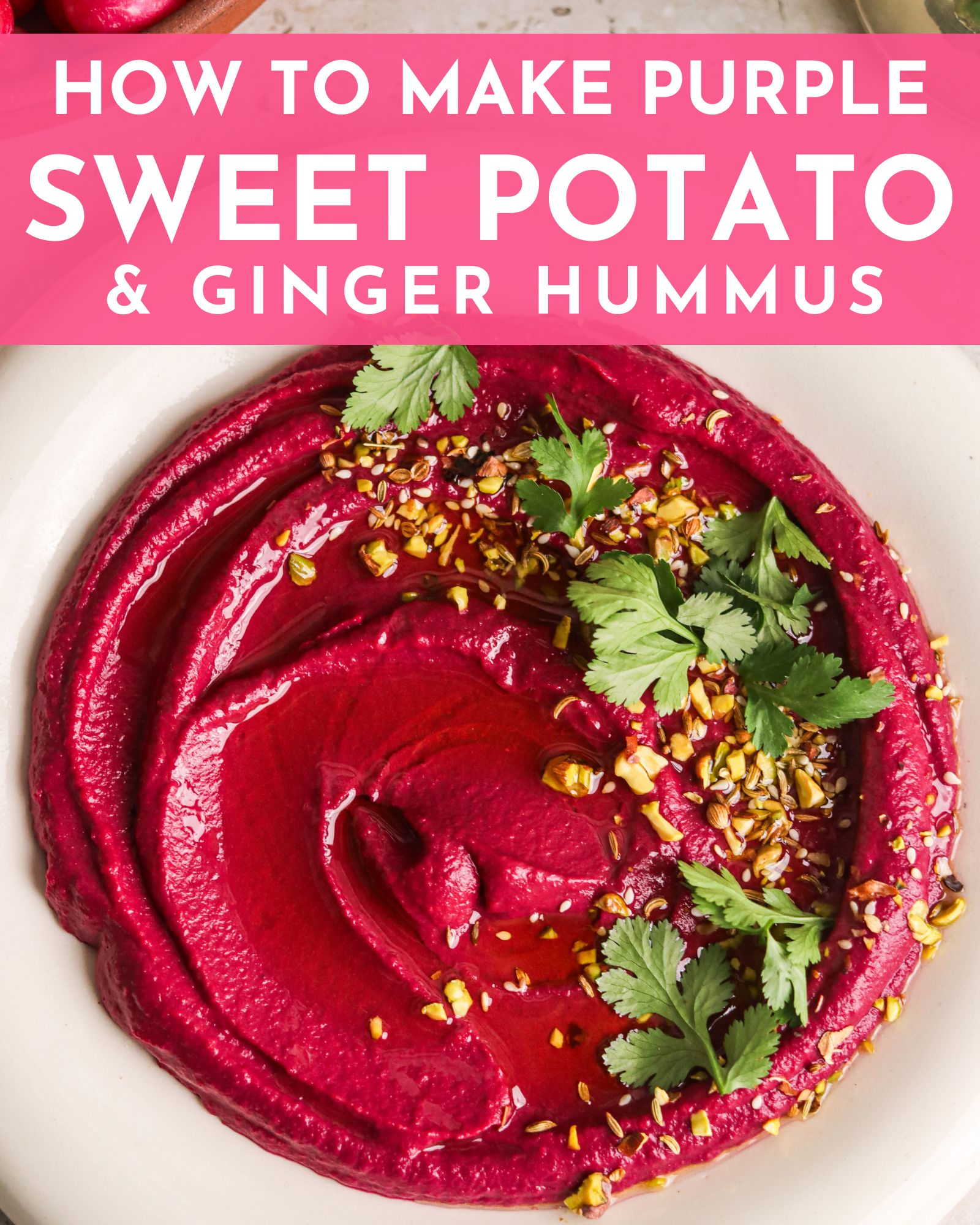
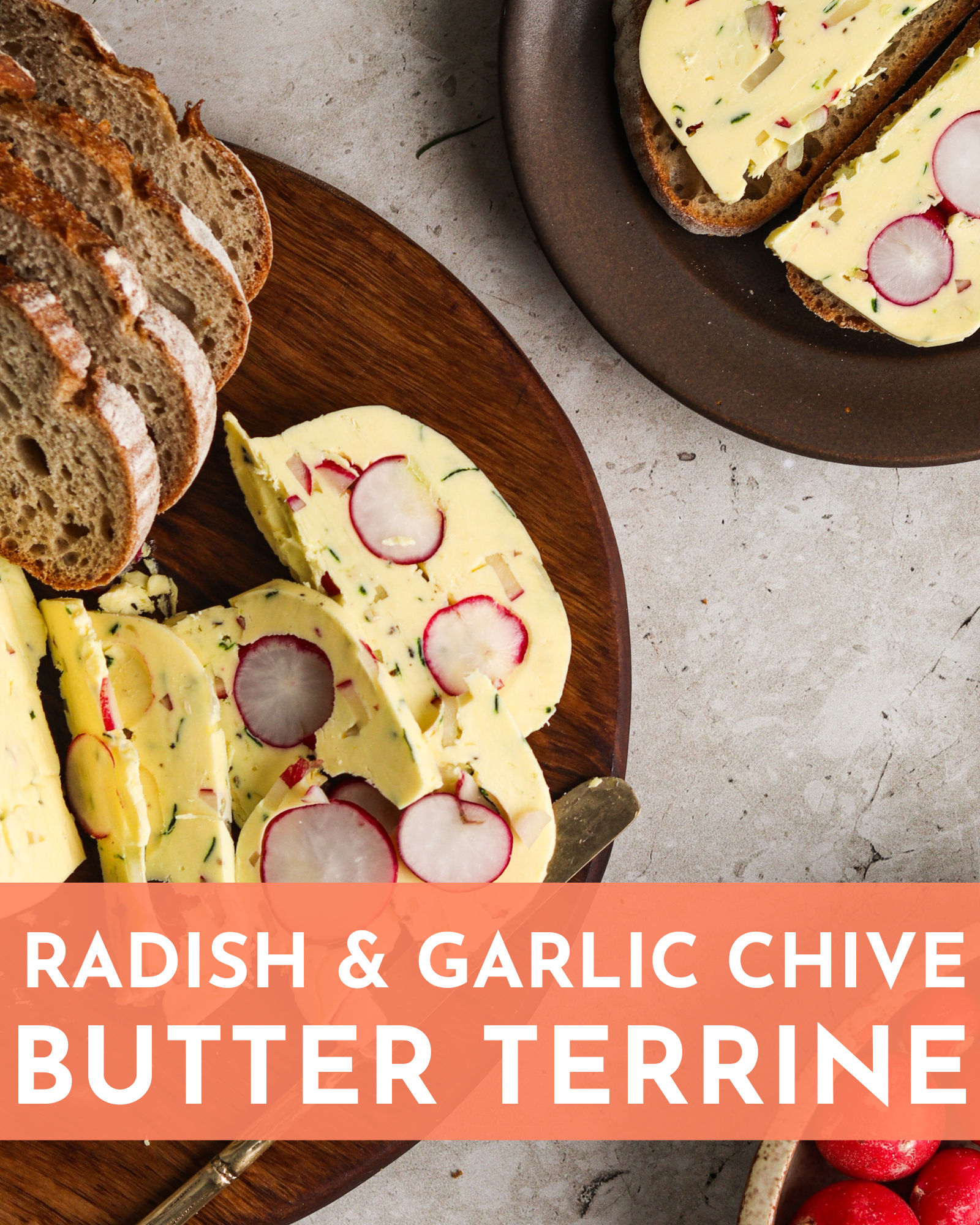
Thank you for sharing your suggestions.
This is a very useful tip, sometimes many keep vegetables just like that and finally, when they want to be cooked, many are not fresh anymore. Thank you for the tips that you have shared.